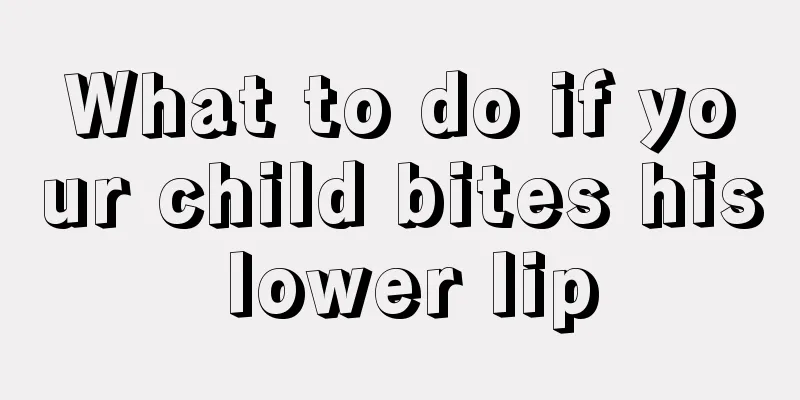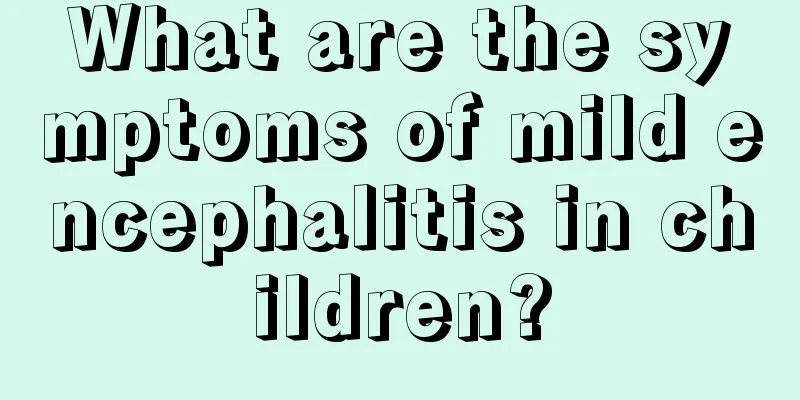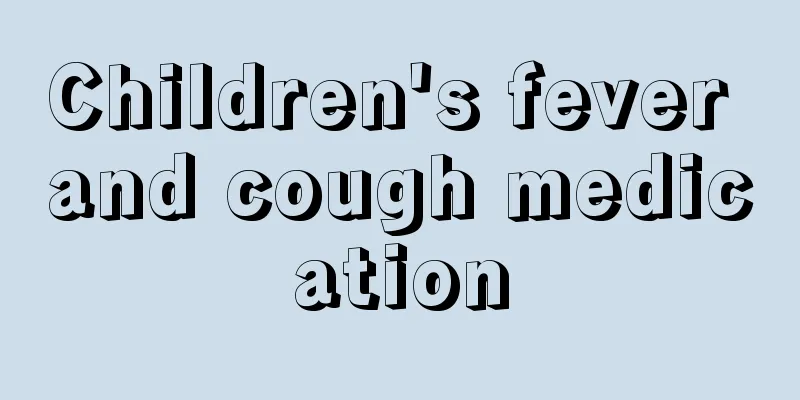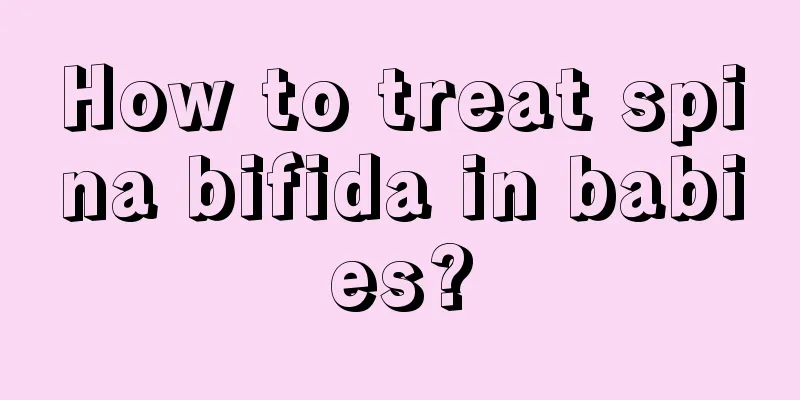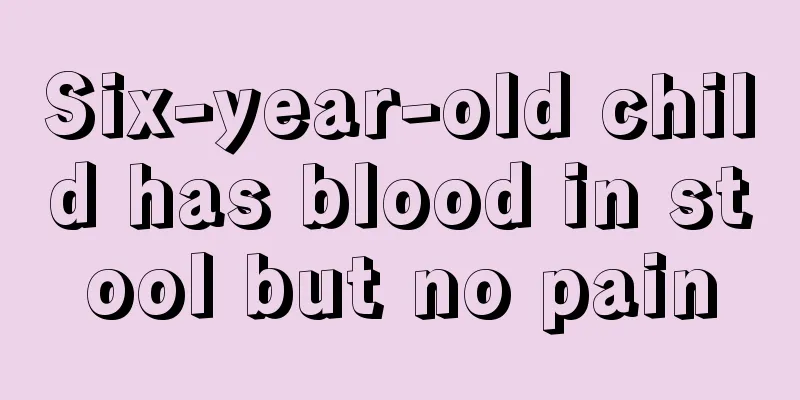What are the symptoms of rhinitis in children?
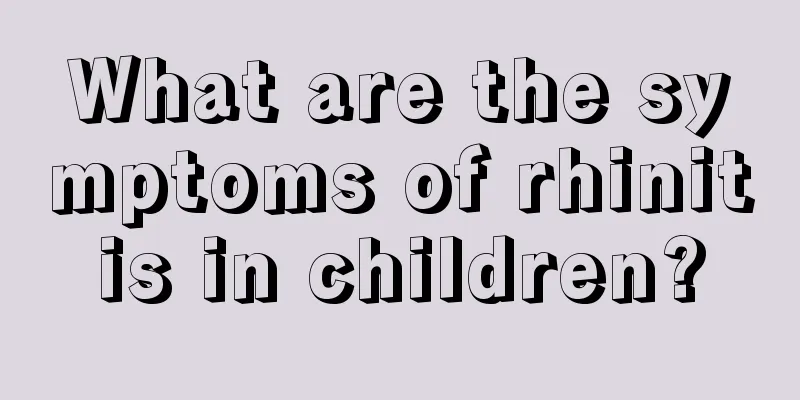
|
Children are the treasures of every family. Some children have poor adaptability to the outside world and are more likely to suffer from rhinitis. However, what symptoms will children have when they have rhinitis is the most confusing question for parents. Adults do not know that their children have rhinitis. Rhinitis is extremely similar to a cold, so many parents cannot tell whether their child has a cold or rhinitis. So, today we will learn about the symptoms of rhinitis in children. The imperfect morphological development and physiological functions of various organs in childhood result in poor resistance and adaptability to the outside world in children, making them more susceptible to rhinitis than adults. Adult rhinitis has typical symptoms and signs such as nasal itching, runny nose, and sneezing, which are easy to diagnose. However, the symptoms and signs of pediatric rhinitis cases vary greatly and are mostly atypical. Symptoms of allergic rhinitis in children The clinical features of allergic rhinitis in children are recurrent episodes of nasal itching, sneezing, clear runny nose, and pale nasal mucosa during attacks, which may occur seasonally or year-round. Chronic rhinitis in children The symptoms of chronic rhinitis in children are mainly characterized by cold nose and loss of smell. In chronic simple rhinitis, nasal congestion is relieved during daytime activities, but worsens at night or when sitting still. When lying on one side, the lower nasal cavity is blocked, while the upper nasal cavity is well ventilated. When lying on the other side, nasal congestion occurs in the other nasal cavity. The nasal discharge is mucous and is often accompanied by headache, dizziness, and decreased sense of smell. Chronic hypertrophic rhinitis is often characterized by persistent nasal congestion, mucous or mucopurulent nasal discharge, and may also cause tinnitus, hearing loss, headache, insomnia, mental depression, etc. Acute rhinitis in children When acute rhinitis occurs, there is mild chills and fever, general discomfort, a burning sensation in the nasopharynx, dryness, itching, and sneezing in the nose. After 1 to 2 days, the patient gradually develops nasal congestion, a large amount of clear nasal discharge, decreased sense of smell, and headache. After 3-4 days, due to secondary infection, the secretions turn into yellow purulent nasal discharge that is difficult to blow out, and the nasal congestion becomes more severe. If there are no complications, recovery will occur in about a week. To be honest, children are a high-risk group for rhinitis. To determine whether a child has rhinitis, parents need to observe the child carefully on a daily basis and not delay the disease. Only when adults correctly understand the symptoms of rhinitis and the harm it brings to children can they discover and treat it in time to avoid endangering children's health. |
<<: What to do if your baby's head sweats while sleeping
>>: Review the pros and cons of early childhood education
Recommend
The earliest symptoms of giant intestinal tuberculosis in babies
Many people don’t know much about the earliest sy...
Boys' development process
Parents with boys generally worry more than paren...
What should I do if my baby teeth are decayed?
Do you have cavities in your deciduous teeth? In ...
At what age do children start to lose their teeth?
I believe everyone knows the importance of teeth ...
Causes of dysphagia in newborns
Parents need to provide extra care and health car...
What is the best way to give eye drops to babies?
Many mothers have worries of one kind or another ...
What are the treatments for childhood hemangiomas?
Now with the improvement of people's quality ...
What should I do if my child's tonsils are enlarged to the third degree?
Because children have relatively low resistance, ...
Can babies eat mangosteen?
Mangosteen is exactly the opposite of durian in n...
Is the child sweating because he is scared?
Sweating is a normal phenomenon in daily life, bu...
What are the recipes for babies over five months old?
Nowadays, children are the treasures of their par...
What to do if the baby has mild anemia
The diet of babies is very simple. They mainly dr...
How to treat green baby poop?
Your baby's poop often gives us some warnings...
Why is my 2-month-old baby restless when sleeping?
Babies all like to sleep very much, but if someth...
What should I do if my baby has eye mucus?
I believe everyone knows what a baby is. If there...
